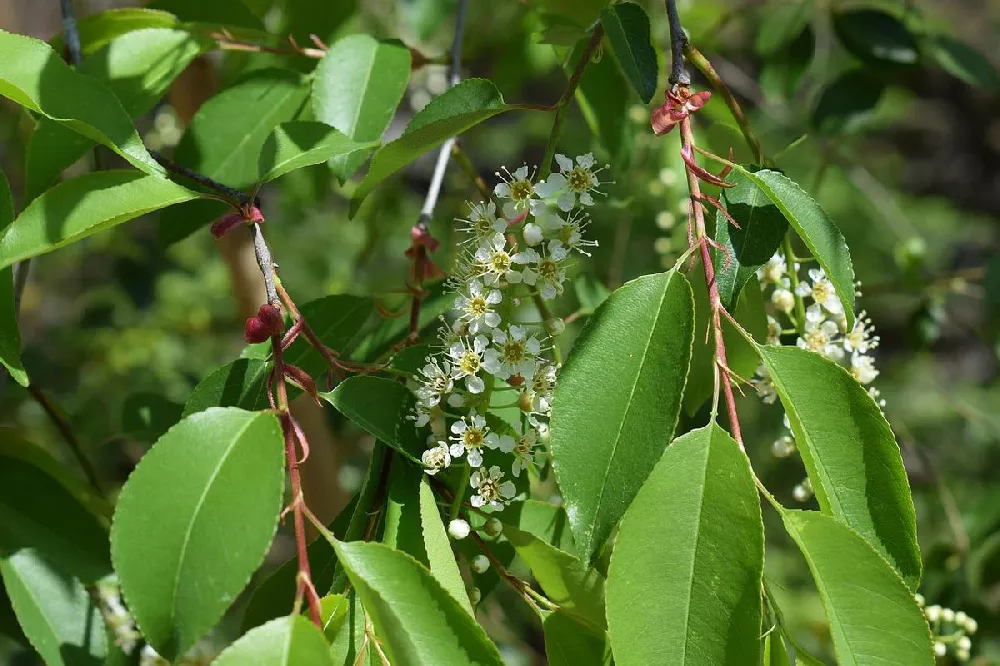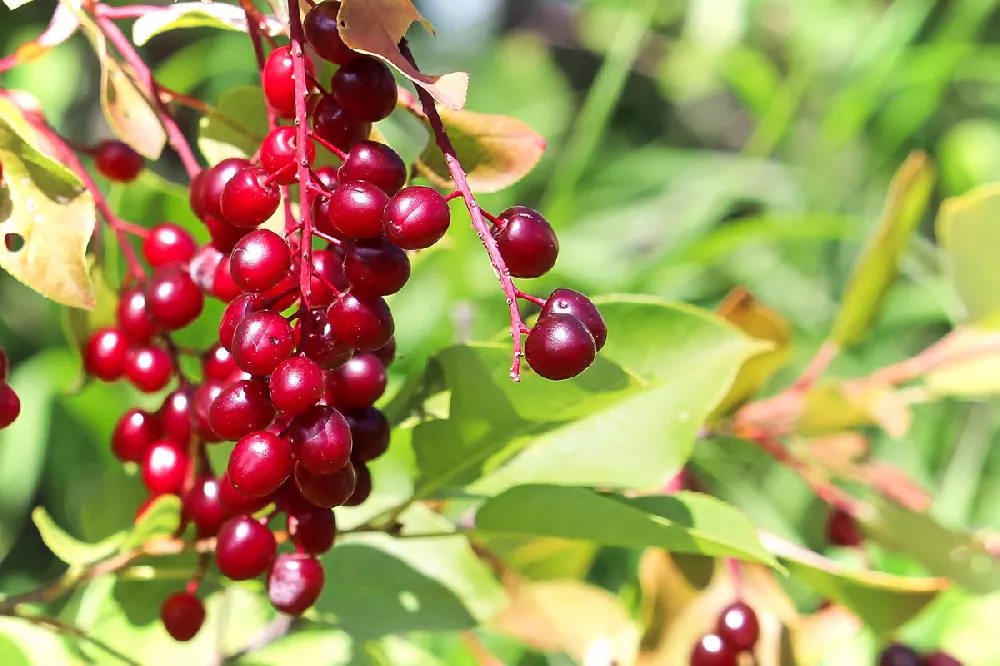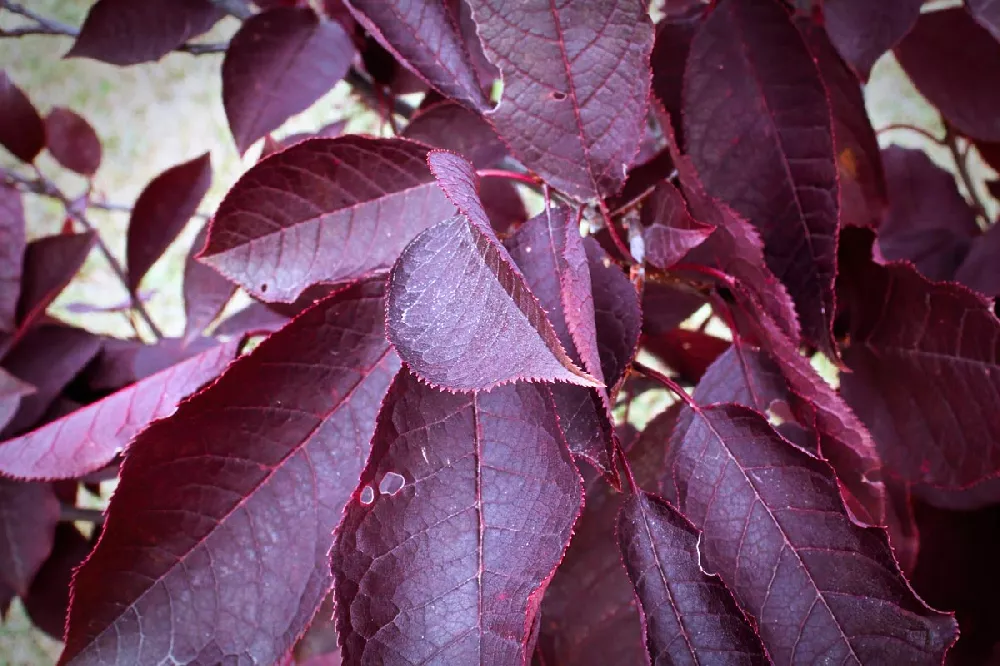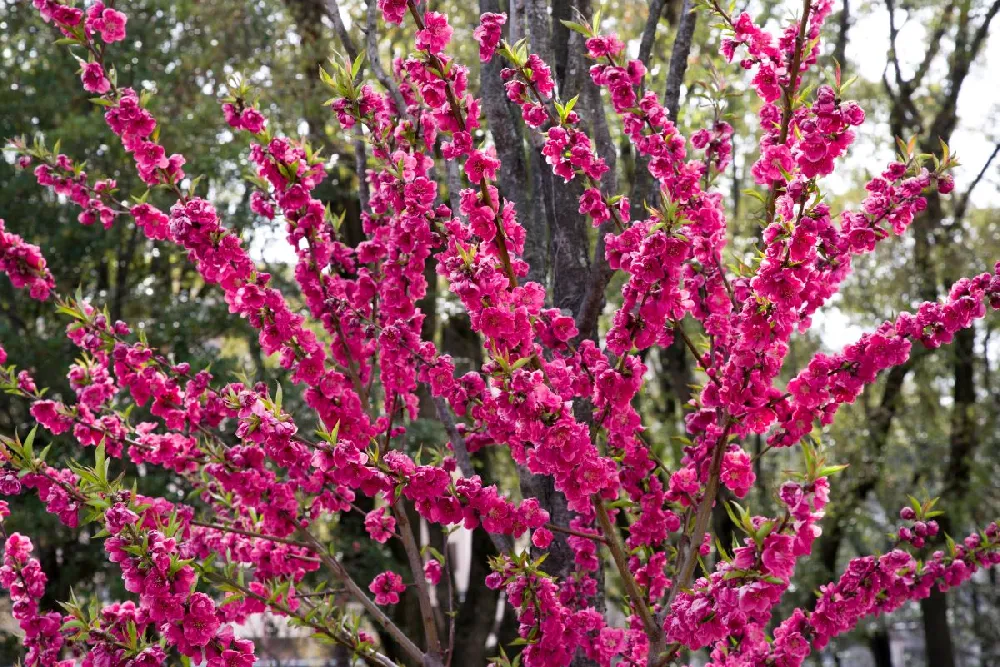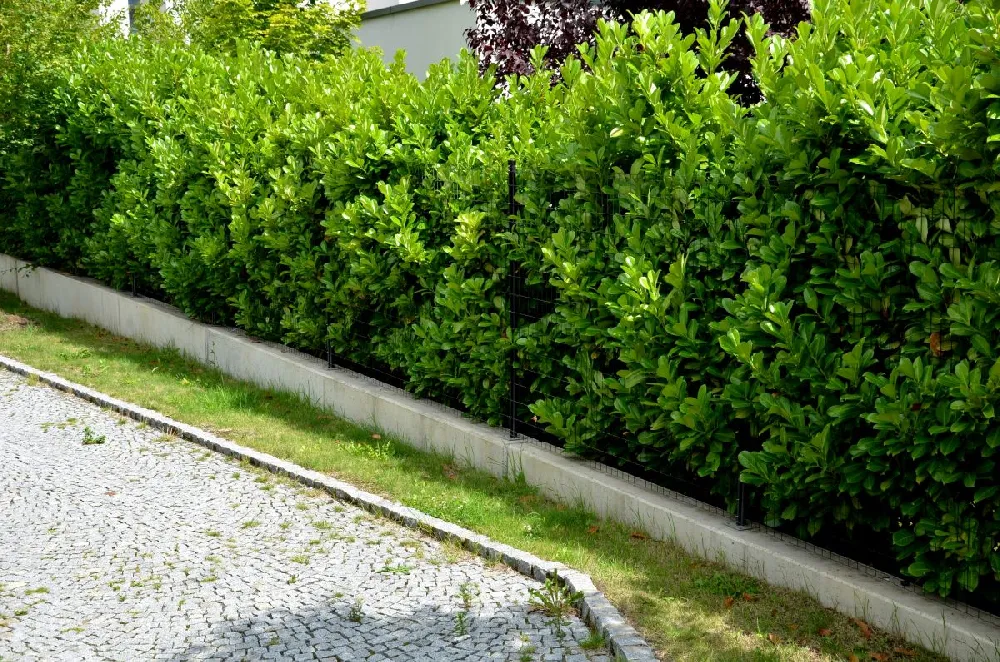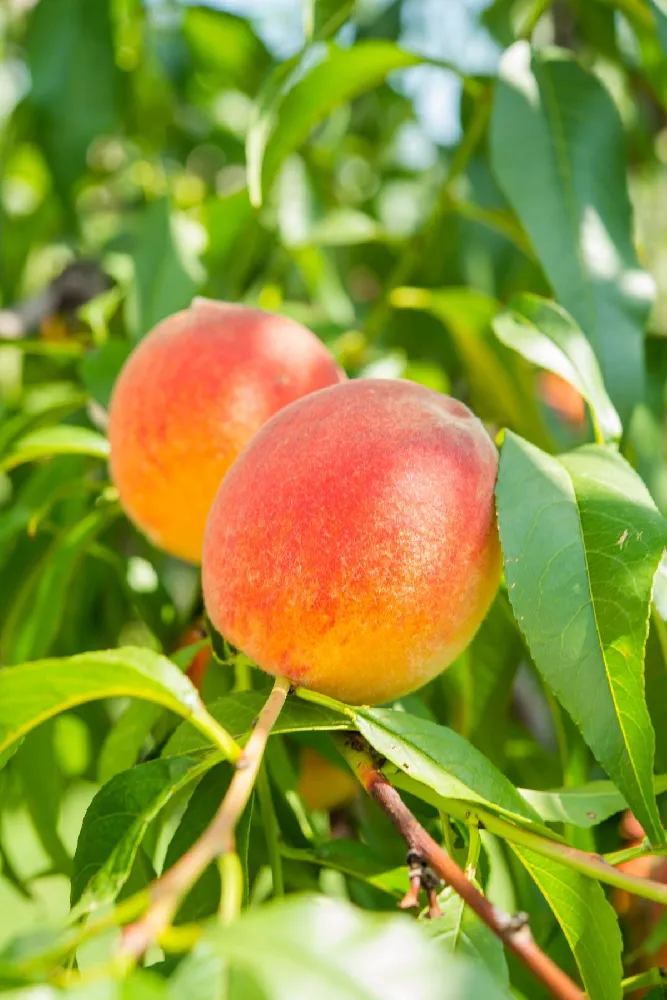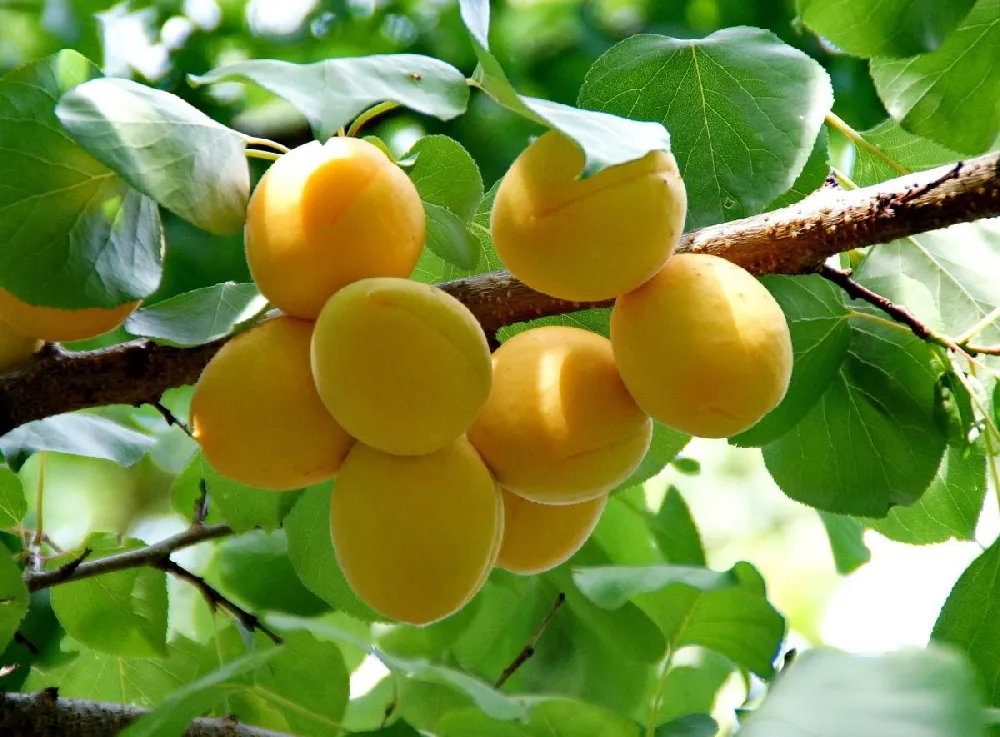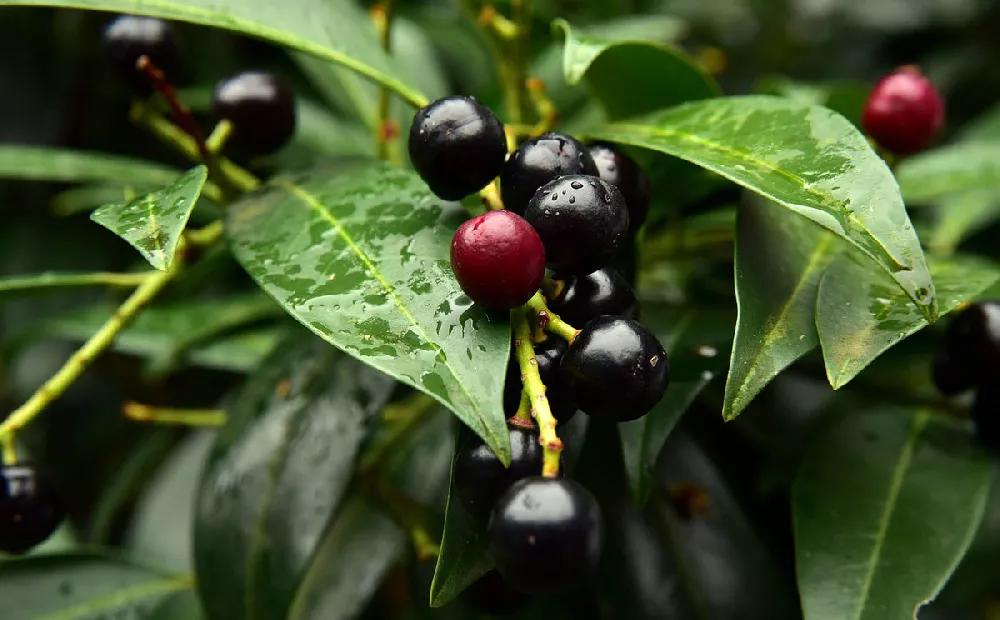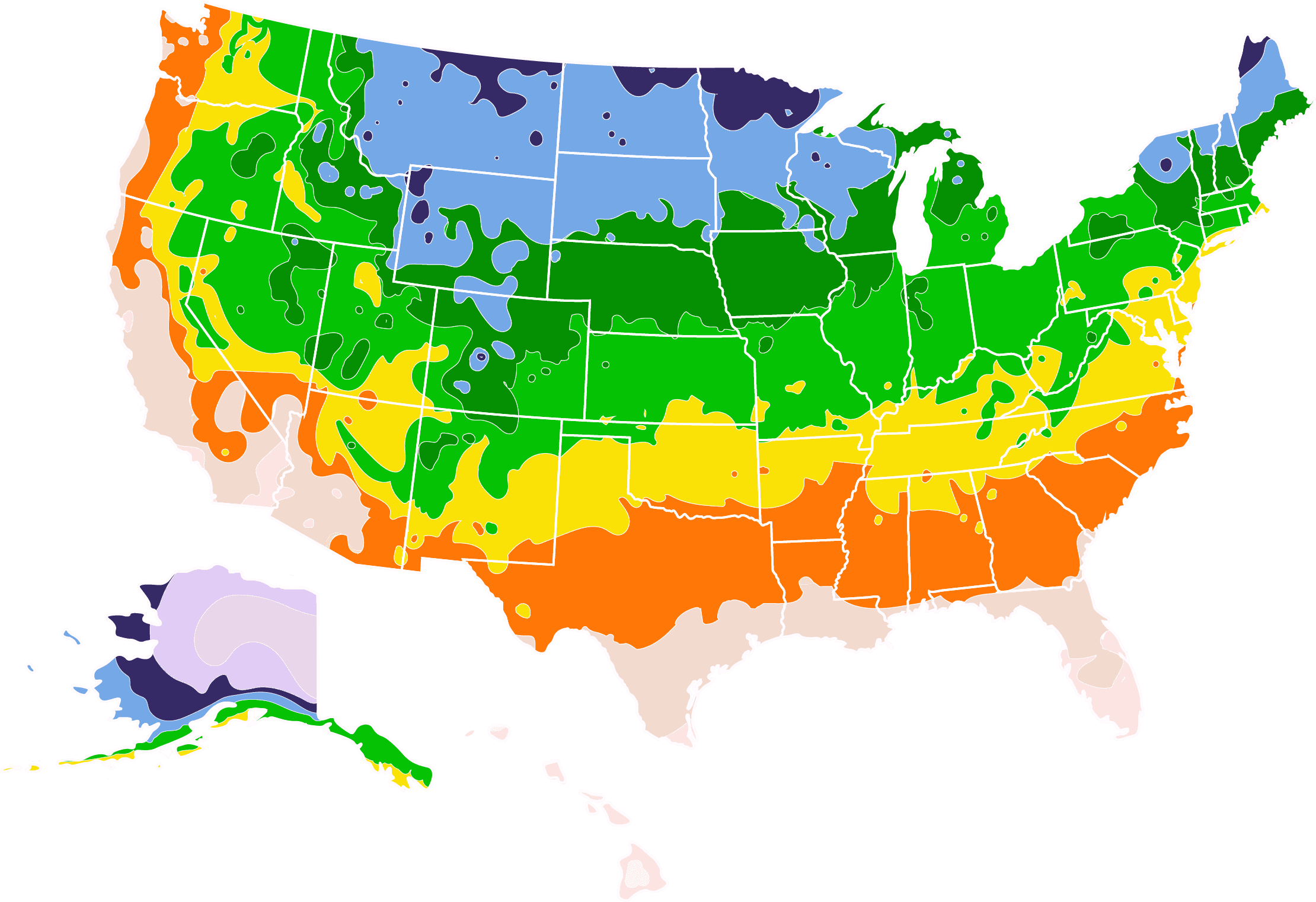- Home >
- Ornamental Plants >
- Canada Red Chokecherry
Canada Red Chokecherry for Sale - Buying & Growing Guide
- Ships in 1-2 days
- 1-Year Warranty Eligible
- Pots or accessories are not included unless specified in the product options.
Shipping Details:
Once your order is shipped, you’ll receive an email with a tracking number and estimated delivery date. Most orders ship immediately, but some items are seasonal and may only ship in spring or fall. These products are noted on the website.
It is difficult to understate the value of the Canada Red chokecherry, Prunus virginiana 'Canada Red.' Not only does this plant variety have beautiful white spring flowers, but it also has leaves that offer lovely colors all year. In summer, the foliage is dark purple. Then, it transforms into a rich red color in fall. Along with that immense ornamental value, the Canada Red chokecherry will also offer you some unique and delicious fruits. However, the Canada Red chokecherry is not just a welcome garden addition for humans but also a great supporter of local wildlife.
- It displays beautiful white blooms in spring.
- The Canada Red chokecherry has deep purple leaves in summer.
- Unique edible fruits arrive in the fall.
Plant Care
Sunlight

This chokecherry can survive in both full sunlight and partial shade.
Watering
This plant offers some drought resistance. Water about once per week.
Fertilizing

Fertilize in spring with a mix that is higher in phosphorus and nitrogen.
Planting and Care
Planting instructions
Finding a planting location for the Canada Red chokecherry is not difficult to do. These plants can grow in both full and partial sunlight and will adapt to many different soil types, including sandy soils and rocky soils. Overall, this plant proves to be an excellent option for difficult growing areas where other plants struggle to survive. When planting this tree, start the process by digging a wide hole that is as deep as the root ball is tall. Then backfill while providing water and topdress the area with a layer of organic mulch.
Watering and nutrients
New Canada Red chokecherries should receive enough water to keep their soil consistently moist for the duration of the first growing season. Following the first growing season, you can begin providing water on a weekly basis. Mature plants often show drought resistance as well. Regarding fertilization, it’s best to feed your Canada red chokecherry once per year in spring. The fertilizer you use should have higher amounts of phosphorus and nitrogen with lower amounts of potassium.
Pollination
While many people choose to grow the Canada Red chokecherry for its visual appeal alone, other gardeners opt to grow this species for its fruits. If you fall into the second group, you should know that the Canada Red chokecherry is a self-fertile plant, which makes pollination relatively easy. However, having two of these plants to allow for cross-pollination often leads to larger fruit yields. When in bloom, Canada Red chokecherries rely mainly on insects to conduct pollination.
Pruning
Rather than pruning in the late winter or early spring, prune your Canada Red chokecherry in the mid to late spring. The perfect time to perform pruning is just after the flowers have faded. When pruning, focus on removing any dead, damaged, or diseased parts of the plant. You can also use your pruning efforts to thin the canopy and control the overall shape of this tree. For example, you can train this plant to grow as either a single-stemmed plant or in a multi-stemmed habit.
Pests, diseases, and animals
While there are plenty of benefits to growing a Canada Red chokecherry, there are some downsides as well. The main issue for this plant is the threat of disease. The most harmful disease that afflicts this species is called mycoplasma, a condition that will kill the tree and has no known cure. Leafhopper insects are responsible for spreading this disease, so watch out for them and be ready to remove them immediately from your plant if they arrive.
Harvesting
The fruits on your Canada Red chokecherry will first appear with a green color. You should wait until each of those fruits turns from green to a deep red color before you harvest them. Often, the longer you wait, the better your chokecherry fruits will taste. Once your fruits are ripe, they should be easy to remove by hand. You’ll likely find that the raw flavor of these fruits is not favorable. However, if you cook these fruits into jams and other dishes, they can be quite delicious.
Achieving maximum results
One common issue with the Canada Red chokecherry is that it tends to spread via suckering. Suckering makes it difficult to control this plant and often detracts from the appearance of its form. As such, it’s wise to remove any suckers you find when pruning. You should also be aware of this plant’s more functional uses. For example, the Canada Red chokecherry is an excellent plant to use for erosion control. If you want to take advantage of this erosion control, you may want to allow for some suckering to let this plant spread over your eroding area.
FAQs
Is the Canada Red chokecherry edible or poisonous?
Why is it called Canada Red chokecherry?
The red part of the name is quite obvious. The fruits of this tree, when ripe, have a deep red color. The second part of the name is a reference to the taste of these fruits in their raw form. The raw flavor of these berries can be very bitter, which many people find unfavorable. While that flavor may not make you choke in a literal sense, it is strong enough to inspire the name chokecherry.
How large does a Canada Red chokecherry grow?
The Canada Red chokecherry grows to be about 20 to 30 feet tall at maturity. The mature spread of these plants is often a bit smaller at about 10 to 20 feet wide. Part of what makes this plant interesting from a visual perspective is that it can use one of a few forms to reach that mature size. While some Canada Red chokecherries have a multi-stemmed habit that makes them look more like large shrubs, others have a singular central trunk that gives a more tree-like look.
Compare Similar Products
You can't add more Product Name - Product size to the cart.
OK